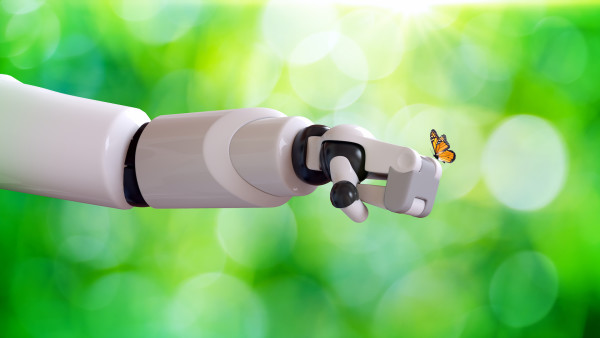Utilizing sound for ecosystem comprehension and preservation
The realm of audio data is positioned as the upcoming frontier, as highlighted by Sahota, considering that the majority of individuals are inclined towards visual learning.
Collaborative efforts with organizations like Rainforest Connection, which leverages eco-acoustics, artificial intelligence (AI), and human knowledge to safeguard rainforests and wildlife against activities such as illegal logging, poaching, and the impacts of climate change, demonstrate the potential to educate systems in identifying distinct sounds within an ecosystem, such as the noise of a chainsaw in a forest.
Within any specific habitat, a multitude of sounds coexist, providing valuable insights into the behavioral patterns of wildlife, as emphasized by Sahota.
“You can obtain refined, standardized versions so that anomalies in the ambient sounds can be promptly flagged by the system for human review,” explained Sahota, who serves as a co-chair for a United Nations committee focusing on how AI can enhance environmental sustainability.
Enhanced documentation and analysis through AI
Regarding the documentation of biodiversity, Sahota pointed out that AI has the capacity to capture intricate details and identify numerous variables that are at play, surpassing the capabilities of human observers.






